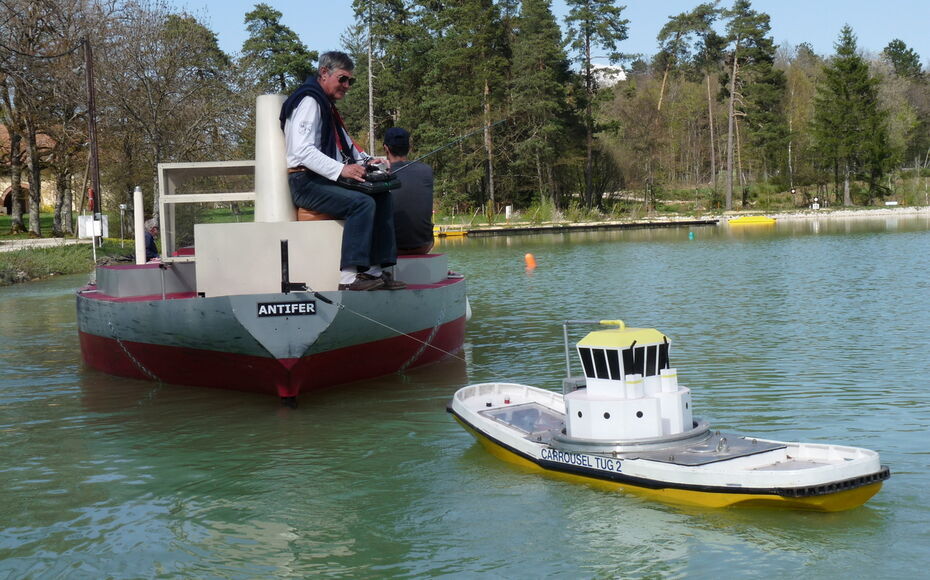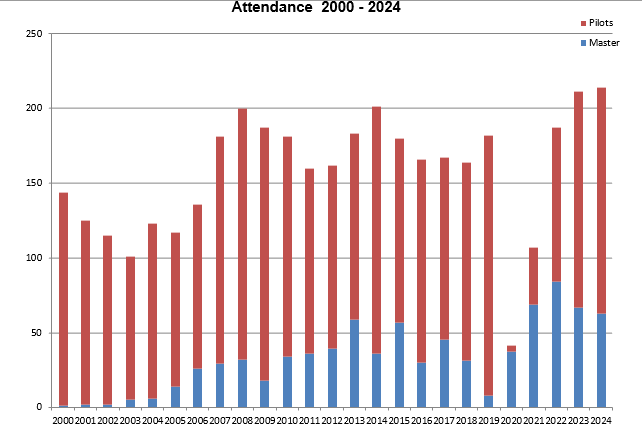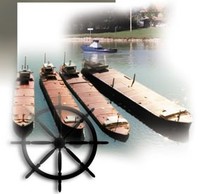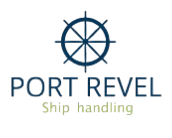
Similarity of ship handling
100% of trainees satisfied with the similarity
99.7% of trainees are satisfied with the similarity in behavior between real ships and scale models
To the question:"What is your opinion on the similarity of manoeuvres performed in lake practice and on real ships?"
The answers from over 700 participants in our training sessions over the past four years (2021 to 2024) show that:
-
"HAPPY" participants represent 99.7% (responses rated Good, Very Good, Outstanding)
-
"UNHAPPY" participants represent 0.3% (responses rated Fair, Poor)
More than 8 500 mariners have been to Port Revel since 1967. Nearly ALL of them are (very) satisified.
History of training with scale models

Scale models are considered by ship captains and pilots as the best way to study and understand a vessel’s behavior—second only to a full-scale prototype.
All seafarers who have trained at Port Revel agree that our type of training complements that provided by simulators. Many even say it feels more realistic than simulators.
In the 1970s, most participants were captains, while the first pilots began to discover the center.
During the 1980s, the ratio of 9 captains to 1 pilot was reversed as pilots came to recognize the high value of training with scale models in very shallow waters.
In the 1990s, the first refresher courses were introduced for pilots, who began returning every five years. These courses were less directive and allowed for more personalization, which helps optimize port operations and improve port accessibility.
Since the 2000s, there have been far more pilots than captains—with pilots making up 95% of participants in 2019.
Importance of hands-on experience in maneuvering

"It was very valuable to do a maneuver on a model that I haven't done in real life, fast anchoring, emergency anchoring.
I have done these on simulators but the models are much more realistic."
Captain David CVITANOVIC - San Francisco Bar Pilots - (September 2017)
All seafarers, ship owners and maritime authorities know that the “zero risk” condition does not exist at sea. They are also well aware that ships are exposed to the greatest risks at the beginning and end of their voyage, when they are near land, leaving or entering harbour
These risks have indeed become crucial due to the even larger dimensions or particular features of modern ships and the need to perform harbour and berthing manoeuvres in minimum time with maximum safety. They also know that the most effective guarantee for the safe conduct of a ship lies in the ship handler’s experience and skills.
However, gaining this experience and skill is a long and difficult process for a mariner, as it must be acquired on the deck of a real ship through on-the-job training.
Even if a seafarer were to spend an entire lifetime at sea, it would still not be enough to become familiar with all the possible situations a vessel might encounter one day.
So, a question comes to mind:
Could we find a way to replicate the behavior of a real ship?
A facility that would allow captains and pilots to feel and anticipate a vessel’s reactions in the presence of wind, waves, currents, shallow waters, and various obstacles, and ultimately control the ship using its rudder and engine?
They could learn new tricks of the trade, enhance their ship-handling skills, and build greater confidence.
There is an answer: Scale models at the Port Revel Shiphandling Training Center.
In this very unique training center, pilots, captains, and officers can study the behavior of vessels under various conditions, in a safe and controlled environment.
Similarity to Real Ships
All models, except Normandie, Voyager, and Otello, are equipped with propulsion systems representing either diesel engines or steam turbines.
The Normandie can also be controlled from a forward bridge, like a ferry (with pod propulsion) or a car carrier.
The models are fitted with all the equipment found on real ships, including:
A bridge, consisting of:
-
A helm and rudder angle indicator
-
An engine order telegraph and an engine RPM indicator
-
A navigation compass
-
A log (indicating the ship's surface speed)
-
An anemometer
-
Controls for bow and stern thrusters (these thrusters can simulate the action of tugboats)
-
Controls for the anchoring lines (with brake systems)
A propulsion system, replaced on the model by:
- An electric motor powered by batteries, which also simulate part of the ship's load
- A steering gear (two models are equipped with Becker/flap rudders, another with a Schilling rudder)
- A bow thruster (some also have a stern thruster)
- Anchoring systems including windlasses, anchors, and chains
